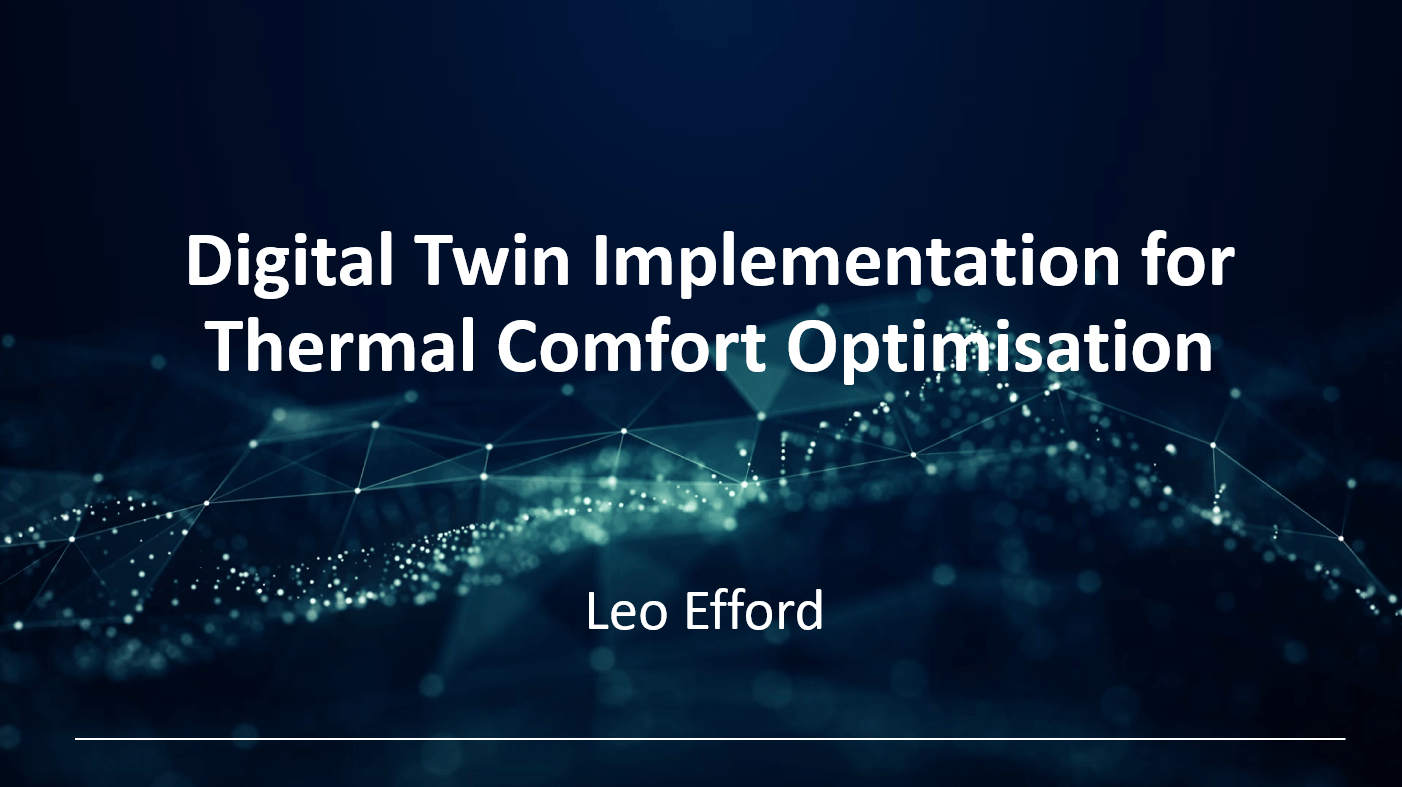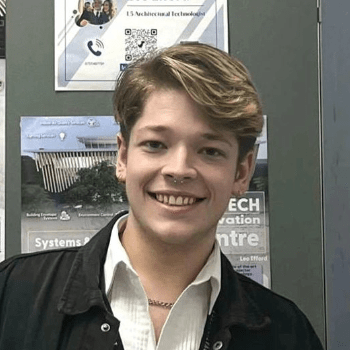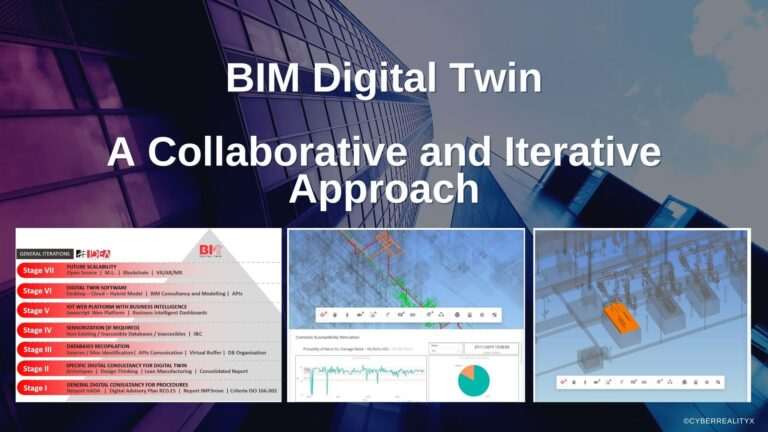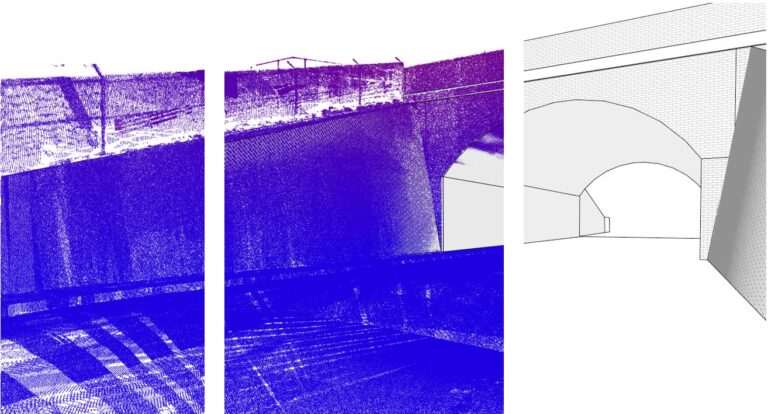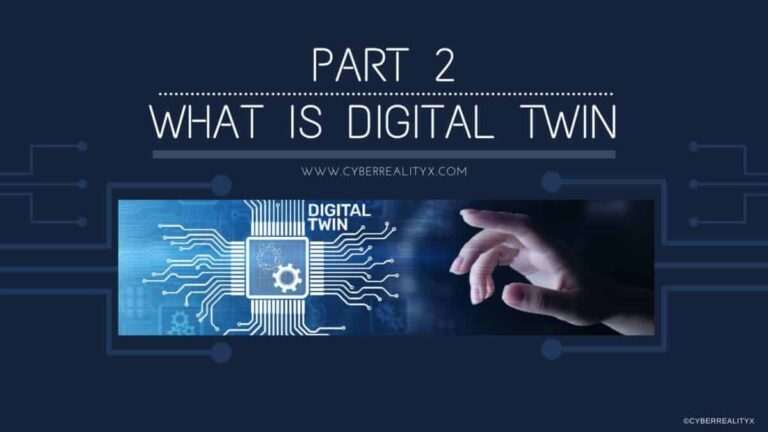The project aims to develop a Digital Twin product allowing for real-time data collection and intelligent processing to optimise thermal comfort for commercial buildings—adaptable digital twin technology developed in combination with an extensive IoT system.
Details and objectives
- Produce a functional IoT device.
- Utilise its functions for collecting real-time data.
- Optimise the data-collecting process.
- Understand and demonstration the real-world application of digital twin design.
Digital Twin product – High-Level Design

Digital Twin product – IoT Device Technology
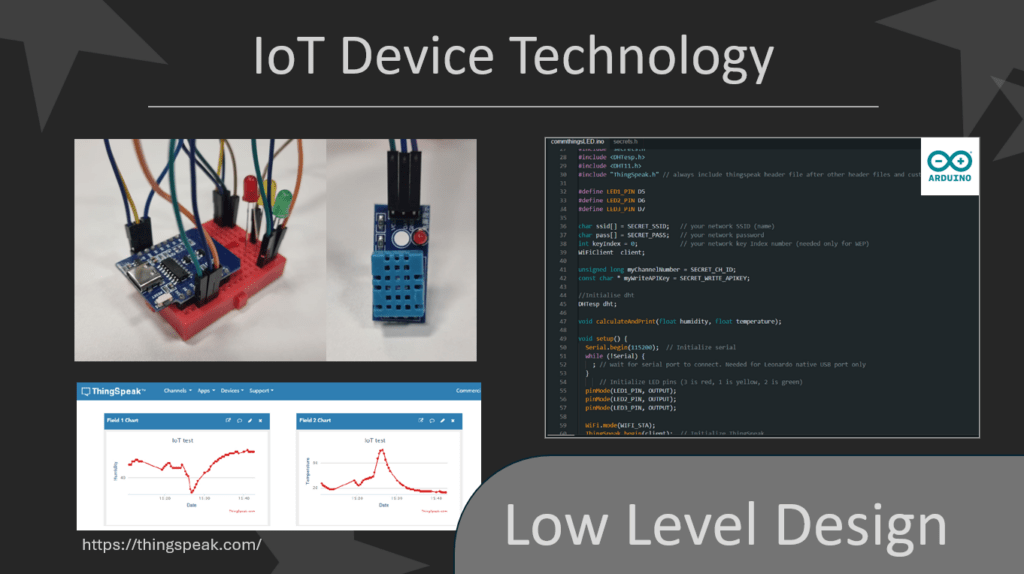
Comfort Model
Thermal comfort cannot simply be measured by the static temperature recorded from a dry bulb thermometer – a multitude of factors come into play from the humidity of the room to the speed of airflow. When assessing the temperature of a room a suitable model has been developed by R.G. Steadman and published in 1972, which utilises the relative humidity and dry bulb temperature to produce a temperature that is “felt” known as the heat index (NOAA, 2023).
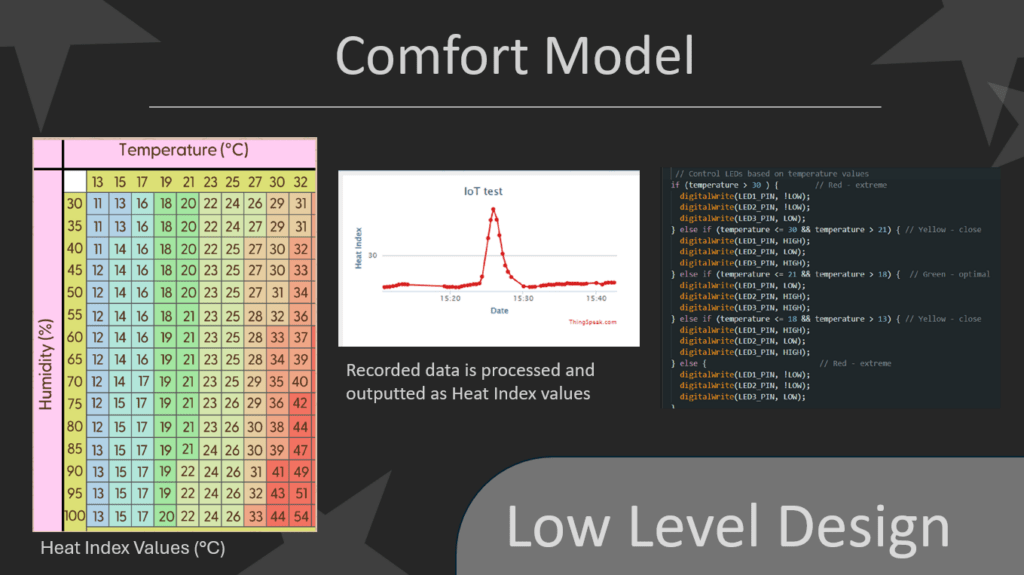
The IoT device developed measures both the temperature and humidity, however the airflow speeds and quality are assumed to be a given with minimal change based on the standard for offices in the UK. As a result, the given temperature is taken as a flat-out indicator for the LED and data is taken as needed.
An appropriate comfort range for occupants in the UK is given between extremes of 13°C to 30°C (HSE, 1999). This temperature range is then narrowed down for more accurate definition between the LEDs in order to give a clearer indication of optimum temperature between 18°C and 21°C
Data Extraction and Utilisation
The device is programmed to send the recorded data to an online Internet of Things cloud service, known as Thingspeak. It is able to do this because the Thingspeak channel is identified by a channel ID, which is then linked to a set of API keys (Application Programming Interface Keys). These API keys have both capabilities to read and write to the channel, therefore the write key is copied from the channel keys and programmed into the device for data transmission directly to the channel. This means that the device can use any Wi-Fi
network on the IoT device to transfer this data to the channel, at every instance of data recorded (in this case every 10 seconds).
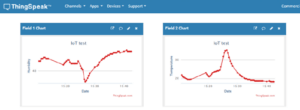
|
 |
Once the data is recorded on the channel, we can then use a read API Key to be able to read the data and isolate values from it, updating in real-time. This data can be found in a URL search for applications to other software and systems like Revit. The extraction of data from this print provided must happen within the software that requires the data which presents one requirement.
https://api.thingspeak.com/channels/”channelID”/fields/”fieldnumber”.json?api_key=”KEYNumber”I&results=2
Digital Twin Product Capabilities
Due to the real-time benefits of the technology, there is a high potential for easy integration into digital twin production. This can easily be produced in BIM software since most have the capability for a script function relating to the building as well as BEP monitoring and recording. These elements in coordination with a BIM model can allow for a digital twin to be produced with the combination of live information being communicated with a digital model and producing new information to be transmitted back to the MEP services.
In partnership with a fellow student, Angelena Thompson, a visualisation of how live data recording can affect a BIM model has been produced. Using Revit and Revit’s built-in Dynamo function, a Python script has been built to take live data from the IoT device, extract the temperature values and alter the brise-soleil of the structure to allow more or less sunlight to penetrate the building and warm the interior. Check the project on this link
 |
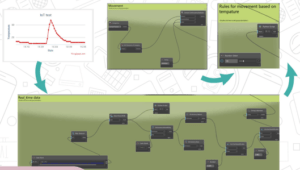 |
SUMMARY AND CONCLUSION
In producing the Digital Twin product, I have developed a knowledge of digital twin production and IoT technology as a whole that pushes me to think of it in an entirely more accessible way. The ability for this technology to become widespread in commercial and large-scale developments is an actuality that may provide immense improvements in not only occupant comfort but also maintenance and
sustainability in a building’s lifecycle. To improve upon this system a private and localised network could be developed in conjunction with the IoT devices to produce a safe and high-speed route for the data transfer to reduce probabilities of a system failure.
Key Findings
- Device programming to complete specific tasks has a natural language to it that I found I was able to understand.
- Extracting data for Revit modelling uses Python, the same language to program the device.
- A digital twin can be simple to develop so long as the resources are in place.
- LEDs can be challenging to program when using simple language as different colour light has different activation voltages.
- IoT technology has a vast range of capabilities that spans nearly all aspects of building function.
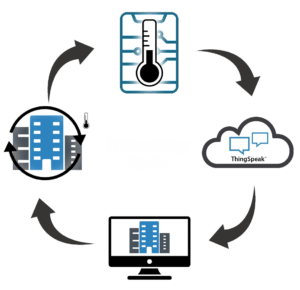
|
Strengths |
Weaknesses |
|
Real-time data |
Wi-Fi-reliant; risk of attack and system failure |
|
Improved Energy Performance |
Potentially pricey installation fees |
|
Improved Thermal Comfort |
BIM model requirement and imitations |
| Low-maintenance system |
Up-to-date HVAC system required |
REFERENCES
- Accucities (2020) Digital Twin of London for Planning and Architecture.
- Alsaleem, F. et al (2020) An IoT Framework for Modeling and Controlling Thermal Comfort in Buildings
- Centreline Team (2017) Changing the Rules.
- Centreline Team, (2018) Using an Internet of Things Platform to Improve Comfort Prediction.
- CSA (n.d.) Matter.
- HSE (1999) Thermal Comfort in the Workplace. Norwich: His Majesties Stationary Office
- OfficeNOAA (2023) Heat Index.
- Novotech
